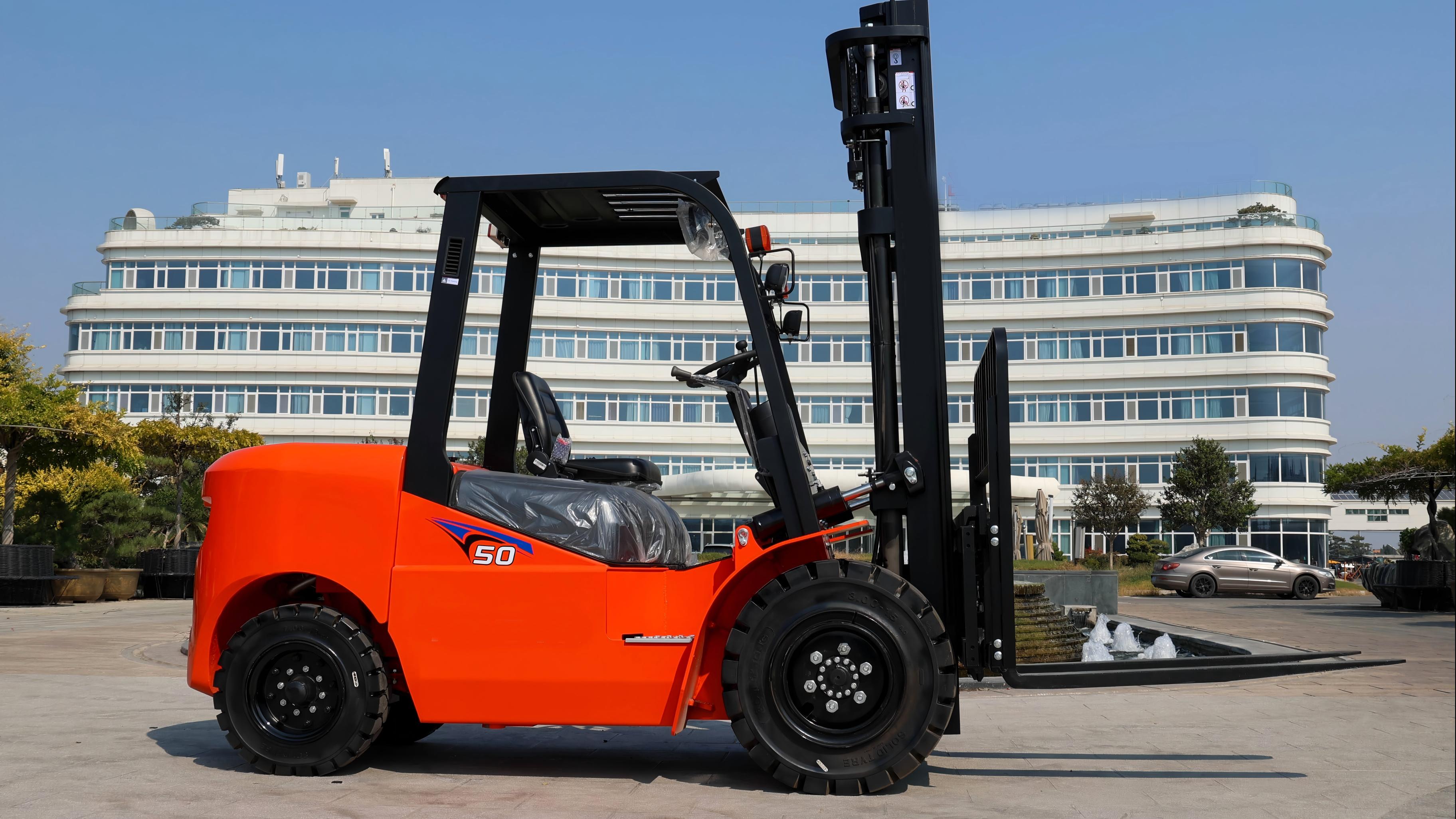What Factors Should I Consider When Buying a Forklift for My Warehouse?
Introduction
Forklifts play a critical role in modern warehouse operations, enabling the efficient handling, movement, and storage of goods. Whether you're expanding your business, replacing an aging unit, or buying your first forklift, choosing the right equipment can directly impact productivity, safety, and cost-effectiveness. However, the forklift market offers a wide variety of models, features, and price points, which can make the purchasing decision complex. This article explores the key factors you should consider when buying a forklift for your warehouse to ensure you make the most informed and strategic choice.
1. Type of Forklift Needed
The first and most essential decision is selecting the right type of forklift for your specific warehouse application. Forklifts come in different configurations, each designed for distinct tasks:
Counterbalance Forklifts: The most common type, ideal for loading and unloading pallets in open spaces.
Reach Trucks: Designed for narrow aisles and high racks; they can extend their forks to reach deeper into shelves.
Pallet Jacks and Stackers: Best for low-lift, short-distance tasks; available in manual or electric versions.
Order Pickers: Used for picking individual items from racking systems.
Rough Terrain Forklifts: Suitable for outdoor use on uneven surfaces; rarely needed in indoor warehouses.
The layout and operations of your warehouse will determine which type is most appropriate.
2. Load Capacity Requirements
Understanding your maximum load capacity needs is crucial. Forklifts are rated for different weight limits, typically ranging from 1,500 lbs to over 50,000 lbs.
Assess your heaviest loads regularly handled.
Factor in future growth, as your inventory or handling needs may increase.
Using an under-capacity forklift risks safety; over-capacity increases costs unnecessarily.
Ensure that your selected forklift can lift the desired load safely and efficiently without overexerting the machine.
3. Lift Height and Mast Options
Another vital consideration is the required lift height in your warehouse.
Measure the highest point of your storage racking system.
Forklifts come with various mast types:
Duplex (2-stage): Standard lift.
Triplex (3-stage): Higher lift with compact design.
Quad (4-stage): Extended reach, suitable for very high storage.
If your warehouse has low ceilings, compact mast options may be preferable. Conversely, high-bay storage requires a forklift with a greater reach.
4. Fuel Type or Power Source
Choosing between electric and internal combustion (IC) forklifts depends on your work environment and operational priorities.
Electric Forklifts:
Best for indoor use.
Produce zero emissions and are quieter.
Lower operating costs but higher initial cost.
Require battery charging infrastructure.
Diesel or LPG Forklifts:
Offer higher power for heavy-duty or outdoor use.
Produce emissions and noise; not ideal for enclosed areas.
Faster refueling compared to battery charging.
Dual-Fuel Options: Provide flexibility for mixed-use environments.
Consider your warehouse environment, operating hours, and maintenance capacity when choosing a fuel type.
5. Warehouse Environment and Space Constraints
Forklift performance is heavily influenced by your warehouse’s physical characteristics:
Aisle Width: Narrow aisles require narrow aisle forklifts or reach trucks with tight turning radii.
Floor Surface: Evaluate if floors are smooth, rough, or sloped. Some forklifts need special tires for different surfaces.
Ventilation: Poor airflow areas favor electric forklifts due to emission concerns.
Operating Conditions: Consider temperature extremes, humidity, and potential exposure to chemicals.
Choosing a forklift that fits the environment minimizes damage, downtime, and wear.
6. Ergonomics and Operator Comfort
Warehouse workers often spend long hours operating forklifts, so ergonomics matter for productivity and safety.
Seat Comfort: Adjustable, cushioned seats reduce fatigue.
Visibility: Wide-view masts and mirrors help avoid accidents.
Control Layout: Intuitive controls improve ease of operation.
Vibration & Noise Reduction: Enhances comfort and reduces long-term health issues.
Investing in operator-friendly equipment pays off in better performance and lower absenteeism.
7. Safety Features and Compliance
Forklift safety is critical to protect employees and inventory. Ensure your forklift includes essential safety features:
Stability systems to prevent tipping.
Warning lights and alarms for pedestrians.
Speed limiters and backup alarms.
Fire suppression or spark protection for special environments.
Seat belts, cameras, and anti-slip surfaces.
Verify that the forklift complies with local safety regulations, such as OSHA standards in the U.S., and that your operators are properly trained.
8. Maintenance and After-Sales Support
Long-term forklift performance depends on maintenance support and service availability.
Choose models that are easy to service, with readily available parts.
Check warranty terms: What’s covered, for how long?
Ask about dealer support: Is mobile service available? What’s the average response time?
Understand planned maintenance costs to avoid surprises.
Reliable after-sales service can greatly reduce downtime and repair costs.
9. Budget and Total Cost of Ownership (TCO)
Don’t focus only on the initial purchase price. Consider the full lifecycle cost:
Fuel or electricity costs
Maintenance and repairs
Insurance and taxes
Depreciation
Resale or trade-in value
Sometimes, a more expensive forklift is cheaper over time due to lower operating costs or longer lifespan. Consider leasing options if you want to reduce upfront costs.
10. Brand Reputation and Dealer Support
Finally, evaluate the brand and dealer reputation:
Opt for trusted manufacturers known for durability and performance.
Research customer reviews, case studies, or industry ratings.
Assess the local dealer’s capabilities: Do they stock parts? Offer training? Provide emergency support?
Consider long-term relationship value for future upgrades, trade-ins, or fleet expansion.
Choosing a reliable partner ensures peace of mind and efficient operations.
Conclusion
Buying a forklift for your warehouse is a significant investment that requires careful planning. By considering factors such as type, load capacity, fuel source, environment, safety, and total cost of ownership, you can select the best equipment for your operational needs. Remember that the right forklift enhances efficiency, safety, and profitability, while the wrong one can cause delays, accidents, and excessive costs. Take time to assess your unique requirements, consult with experts, and make a well-informed decision that supports your warehouse’s success in the long run.
Post time:Jul.28.2025



